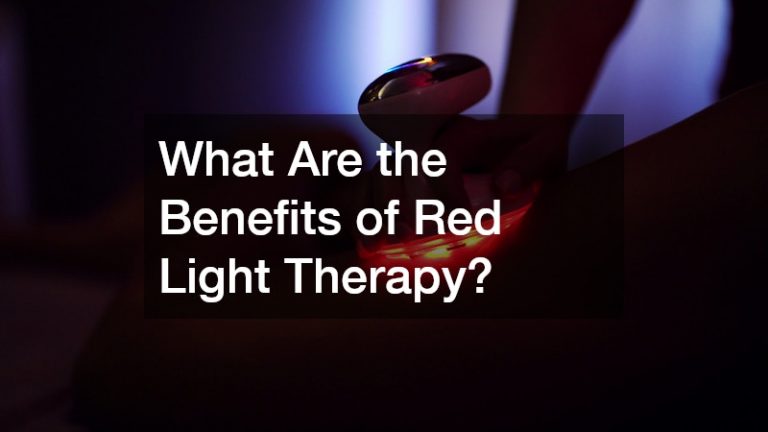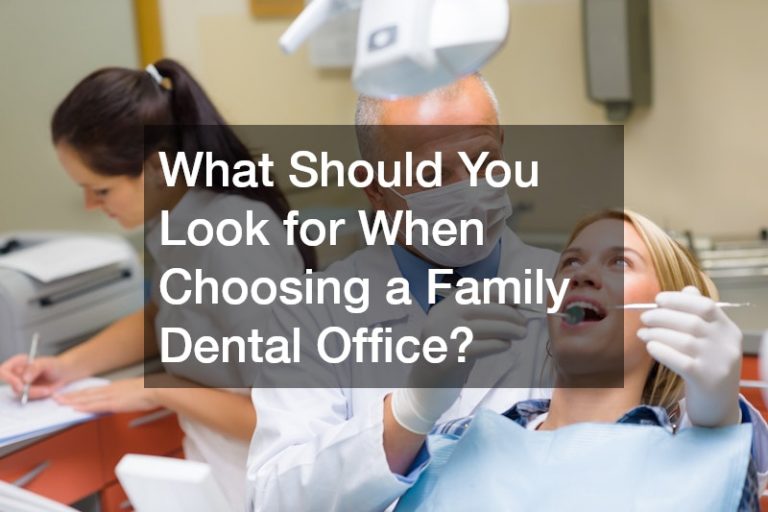As a common way to straighten misaligned teeth due to an accident, or normal teeth growth, braces are known as wires around our teeth. There’s nothing wrong with getting them fitted for cosmetic purposes, but to some people, braces are inconvenient, time-consuming, and expensive.
Along with the price and time it takes to wear them and get good results, dental braces boast high success rates. After wearing them for the time prescribed, they will yield good alignment results and other benefits that aren’t just about achieving that thousand-watt smile.
If you don’t like the look of wires around your teeth, you can opt for metal braces, ceramic braces, or Invisalign braces. To make wearing braces a comfortable experience, don’t forget to ask for options.
What are the signs that you need braces?
As braces are often prescribed during childhood or early into adolescence, it’s still possible for adults to get braces, especially if doing so is recommended by their doctor.
As a matter of fact, 20 percent of people with braces today are adults. So, there’s no need to feel uncomfortable about wearing them, especially if you’re trying to address a medical issue that concerns your teeth or jaw.
If you trust that yourself or someone you know could reap some benefits from getting braces, it would be a good thing than bad to tell them to go in for a consultation before their condition worsens.
To help you identify if you need to discuss wearing braces with your doctor, here’s a list of the tell-tale signs that you need braces:
1. Visibly crooked or crowded teeth
Misaligned, crooked, or crowded teeth are common signs that are spotted in kids, but they can also be seen in adults and older adults.
As your teeth erupt and grow, they have the chance to do so while overlapping each other, twisted, angled, or rotated. These may cause them to become misaligned, crooked, and crowded as you age.
If you notice that your pearly whites aren’t lined up like they’re supposed to, it’s a good thing to call up your dentist and look for possible options to get them straightened.
2. Flossing isn’t easy.
We’re all taught that flossing is a necessary step to keep our oral health in check, and when it’s difficult for you to do it, you may be discouraged and stick to brushing and gargling mouthwash.
But we all know that those two won’t yield the results we expect without flossing out the food and bacteria stuck between our teeth.
During flossing, you should be able to go between your teeth without getting the floss shredded, frayed, or broken. If any of those happens while you’re flossing, your teeth are very close together.
The first course of action is for you to opt for waxed floss or ones made from polytetrafluoroethylene. Keep in mind that shredded floss can also be a product of broken teeth or cavities. If changing floss material doesn’t help, it’s time to consider options with your doctor.

3. Thumb-sucking
If you’re made aware that you used a pacifier and sucked your thumb habitually past the age of 2, you’re prone to dental issues such as the following:
- Overbite
- Bottom teeth tipping inward.
- Changes in jaw shape affect your teeth and speech patterns, such as developing a lisp.
- The sensitive roof of the mouth
These effects may not be present if you stopped thumb-sucking or using a pacifier at the right time. But if you experience problems that go with what we provided, you should reach out to your dentist and look for solutions.
There are many reasons people get braces. It can be because their doctor found braces the solution to their problems or the experience other situations that need braces such as unintentionally biting their tongue, their teeth don’t close over each other, speech difficulties, clicking jaws, or fatigue in the jawline.
The reasons you’re looking to go to your dentist and discuss the possibility of getting braces may not be stated in this article, but the best thing to do is to consult them as soon as possible. You may not be comfortable wearing braces for a long time.
When should you see your dentist?
Granted that you should meet your dentist at least once or twice a year if you’re on a good teeth health roll, you should be meeting them as soon as you encounter problems with your teeth.
As for your kids, they should meet their dentists as much as you do when they turn seven or older. Children will benefit from early treatment of dental issues.
Even if the best age for getting braces varies from person to person, its effectiveness still lies in early diagnoses, effective maintenance, and frequent visits to the dentist. The rule of thumb should be opting for preventive measures, not putting off dentist visits when you don’t see visible problems.






